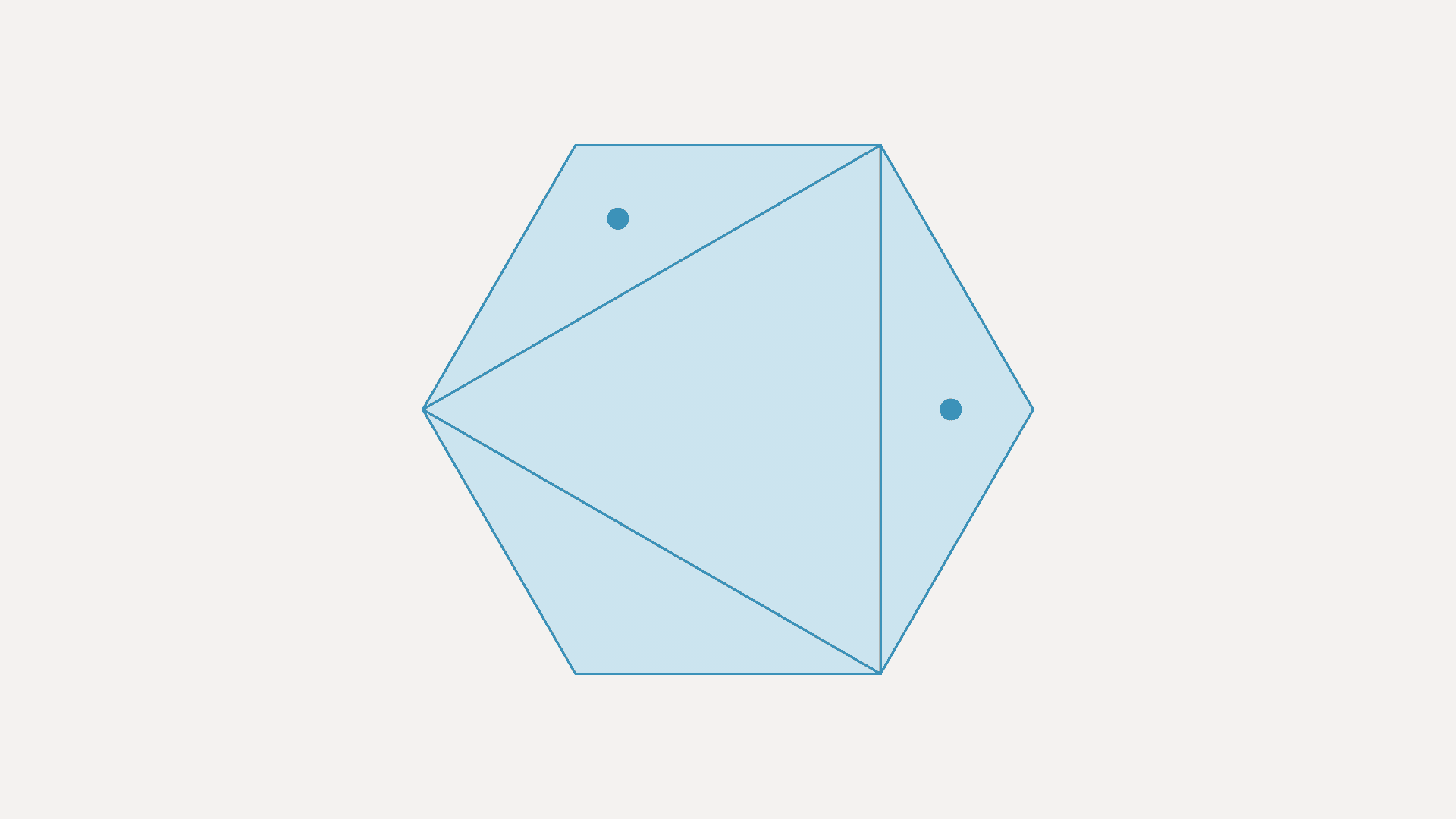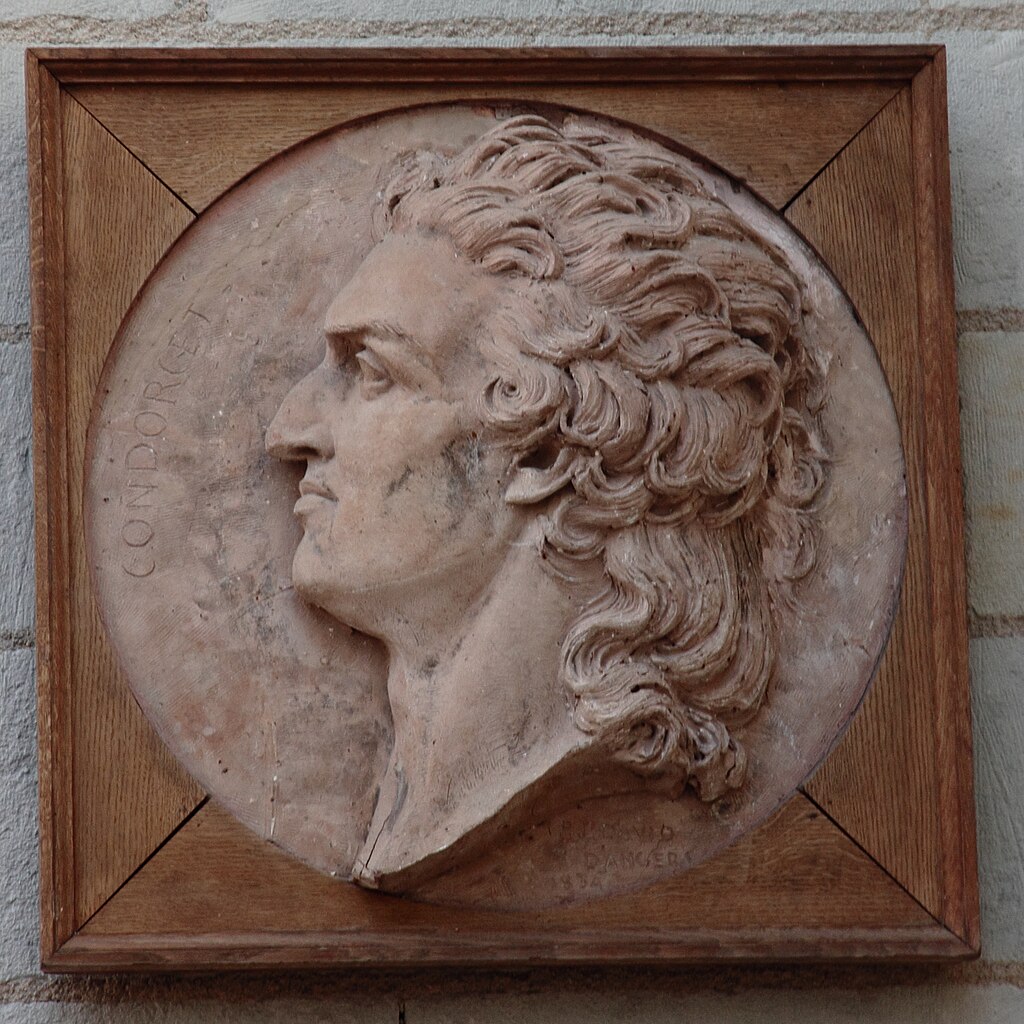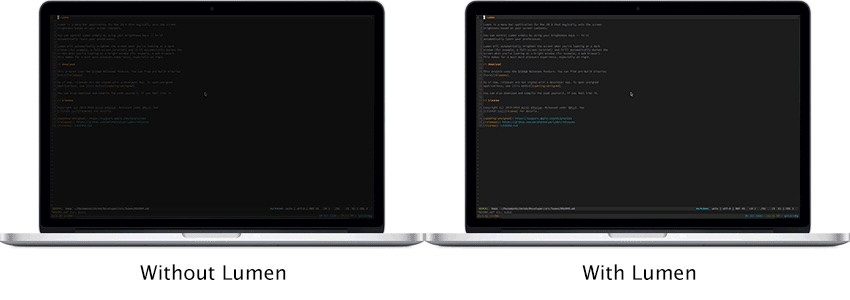
Amazon Scholar solves century-old problem with automated reasoning
Marijn Heule, an Amazon Scholar and professor of computer science at Carnegie Mellon University, together with his colleague Manfred Scheucher of Technische Universität Berlin, have solved a geometry problem posed almost 100 years ago by the Hungarian-Australian mathematician Esther Szekeres.
Paul Erdős, the legendary Hungarian mathematician who gave his name to the Erdős number, dubbed it the “happy-ending problem”, because work on it led to the marriage of Esther, née Klein, and Erdős’s long-time collaborator George Szekeres.
The problem asks the minimum number of points in a plane, no three of which are collinear, required to guarantee that n of the points constitute a convex polygon that does not contain any of the other points. (“Convex” means that a line segment connecting any two points within the polygon itself lies entirely within the polygon.)
Esther Szekeres dispatched the case of n = 4 in the 1930s. It was almost 50 years before Heiko Harborth determined that 10 points are needed to guarantee an empty pentagon. Around the same time, Joseph Horton showed that the problem is insoluble for polygons with seven or more sides: no number of points will guarantee that a convex 7-gon can be found that contains no other points in the collection.





















